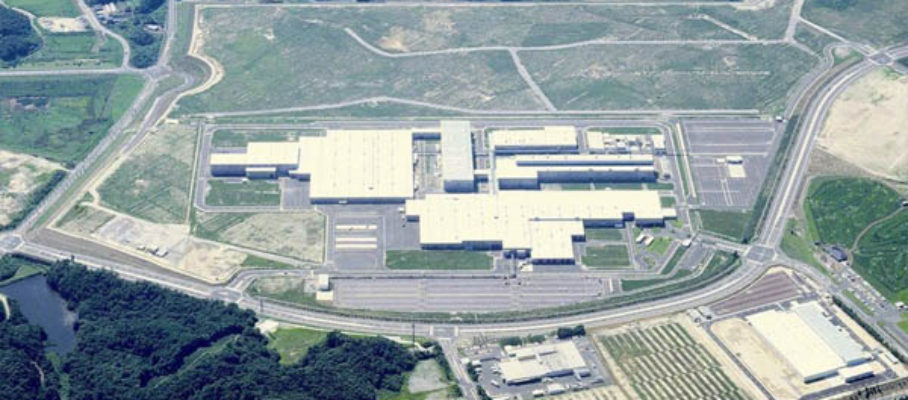Mar 1 2013
Stop the Music! | Bill Waddell
See on Scoop.it – lean manufacturing
Harley-Davidson has announced a no music in the factory rule – period – no exceptions – no ifs, ands or buts.
“Hundreds of Harley-Davidson employees learned through a memo last week that their radios and music being piped onto the factory floor would be kaput by Wednesday — part of a continuous effort to improve safety.”
“‘It’s a distraction,’ said Maripat Blankenheim, director of external communications for Harley. ‘It’s really important for people – no matter what they do – to be focused on what they do.’”[…]
Behavior policies for working adults & the lean principle of treating people with respect are polar opposites: http://t.co/jqAk0y8cdQ
Bill Waddell takes exception to a policy recently issued by Harley Davidson to stop piping music onto the factory floor. According to him, such policies are demeaning. I can’t follow him there, for the following reasons:
- In my book, respect for people includes allowing each person to work without being bothered by somebody else’s music. If you love Country, working all day to Wagner operas would be torture, and vice versa. If you recall Mars Attacks, humankind is saved by the discovery that yodeling makes Martians’ heads explode.
- Sound, on a manufacturing shop floor is used for communications. In some factories, specific tunes are used to mark the start and end of shifts and breaks, and to signal alarms coming from different areas. Piping music for entertainment through the public address system interferes with these messages.
- If you allow distractions at work, where does it stop? I once visited a car assembly plant in the US, where I saw an operator watch Oprah on TV while screwing on a dome light, and immediately resolved never to buy a car made in that plant. Does music diminish performance? Software engineering guru Tom DeMarco described an experiment where multiple computer programmers were given the same assignment in two rooms, one with music and the other one without. The assignment was to write a program to execute a given series of calculations, which ended up always coming out to zero. Half the programmers in the quiet room noticed it and wrote a program that just printed “0.” None of the programmers in the music room did, and all of them implemented the given series of instructions to calculate 0.
- Music plays different roles in different circumstances. When you are driving 100 miles alone on Highway 35 from Minneapolis to Albert Lea, the radio can save your life by keeping you awake. If you need music to stay awake on a production shop floor, it means that your job has been badly designed.
See on www.idatix.com
















Mar 1 2013
Production Pacing | Jeffrey Liker
See on Scoop.it – lean manufacturing

See on www.manufacturingpulse.com
Share this:
Like this:
By Michel Baudin • Blog clippings 0 • Tags: Heijunka, Lean manufacturing